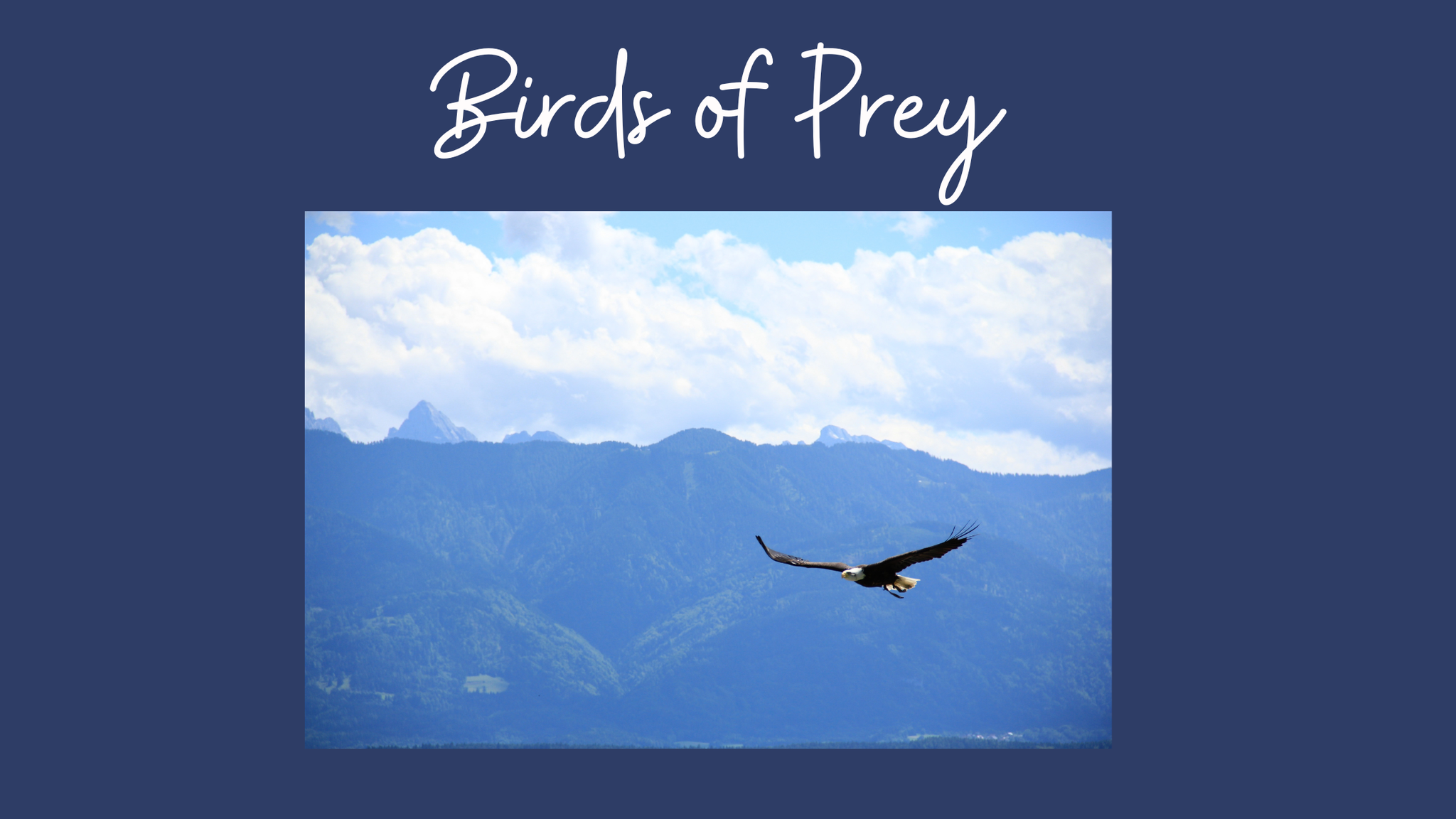Birds of Prey: Raptors and Their Hunting Strategies with Bird Feeders

The circle of life can be brutal to witness, but is a necessary part of our local ecology.
The Birdhouse Nature Store in Brighton is a paradise for bird lovers, offering an array of enticing products to attract bird species to your garden or yard. While we often find ourselves captivated by the beauty and melodious songs of songbirds, it's essential to recognize the incredible world of birds of prey, also known as raptors. These formidable hunters significantly impact the bird feeder scene, and in this blog, we'll explore their hunting strategies in depth.
Raptors encompass diverse birds, including hawks, eagles, falcons, and owls. With their exceptional vision, sharp claws, and powerful beaks, these hunters are supremely efficient at capturing prey. Each raptor species has developed specific hunting techniques adapted to their habitats and prey preferences.
Raptors, including hawks and eagles, strongly prefer soaring high in the sky, employing their exceptional visual acuity to detect potential prey from considerable distances. Those charming little birds that flock to your bird feeders might become easy targets for these sky hunters. Use your Vortex Binoculars or scopes to watch them soar at great distances and marvel at their mastery of soaring on wind.
On the other hand, raptors like Cooper's hawks and sharp-shinned hawks are known for their ambush skills. They move with remarkable agility, darting through trees and shrubs to surprise their prey. If your bird feeder is near dense cover, these stealthy predators may see it as the perfect opportunity to strike.
Falcons, the speedsters of the raptor world, employ a hunting strategy known as stooping. They dive down from great heights, utilizing gravity and their sleek bodies to achieve incredible speeds. Mid-flight, they can catch birds, and your feeders may attract their attention, particularly among smaller bird species.
Nocturnal predators, such as owls, have unique hunting strategies. With their silent flight and exceptional hearing, these creatures can locate prey, including small birds, around bird feeders even after the sun sets. The presence of owls can significantly influence daytime birds' behaviour and feeding patterns. Come check out our Great Horned Owl in store on loan to us by a local. You can see the razor feathers on the edge of their wings - the very feathers that allow them to be so utterly silent on their approach while hunting.
While bird feeders serve as a bountiful buffet for numerous bird species, they also capture the attention of raptors seeking an easy meal. Raptors can startle smaller birds, causing them to seek shelter and temporarily reducing feeder activity. However, it's essential to recognize the ecological balance that raptors help maintain. Controlling the population of rodents and other small mammals contributes to the overall health of ecosystems. This is also a reason to avoid rodenticides for rodent control. It will pass on to the very birds who depend on them as their food source.
As bird lovers, we must understand the impact of raptors on bird feeders. Although their presence may temporarily disrupt the feeding frenzy, they are simply fulfilling their role in the grand scheme of nature.
To strike a balance between attracting birds and ensuring their safety, consider the placement of your bird feeders. Take into account nearby perches or thick shrubs where raptors might hide. By strategically positioning feeders, you can reduce the risk of surprise attacks while attracting a diverse range of bird species.
Providing cover and shelter near the feeders can make smaller birds feel safer. Vegetation or brush piles offer quick retreats when predators approach, minimizing the chances of capture.
Varying the times when you fill-up the feeders can disrupt the raptors' expectations and make them less reliant on the feeder as their primary hunting ground.
By understanding how raptors can impact bird feeders and taking appropriate measures, we can create an environment that accommodates both raptors and smaller birds, fostering a harmonious coexistence in our bird-filled spaces.
On another note - birds will panic scatter from feeders during a raptor strike. It's important that nearby windows be protected by Feather Friendly dots or anti-bird strike stickers on the OUTSIDE of the windows. There is very little rhyme or reason as to where the songbirds will scatter and windows that are unprotected will look like safe space to fly into. Please consider safety measures on behalf of the little birds if you know that your feeders are occasionally targeted by raptors. That way if they survive the raptor attack, they will also have a better chance at surviving windows in the heat of the moment.

Comments
Be the first to comment...